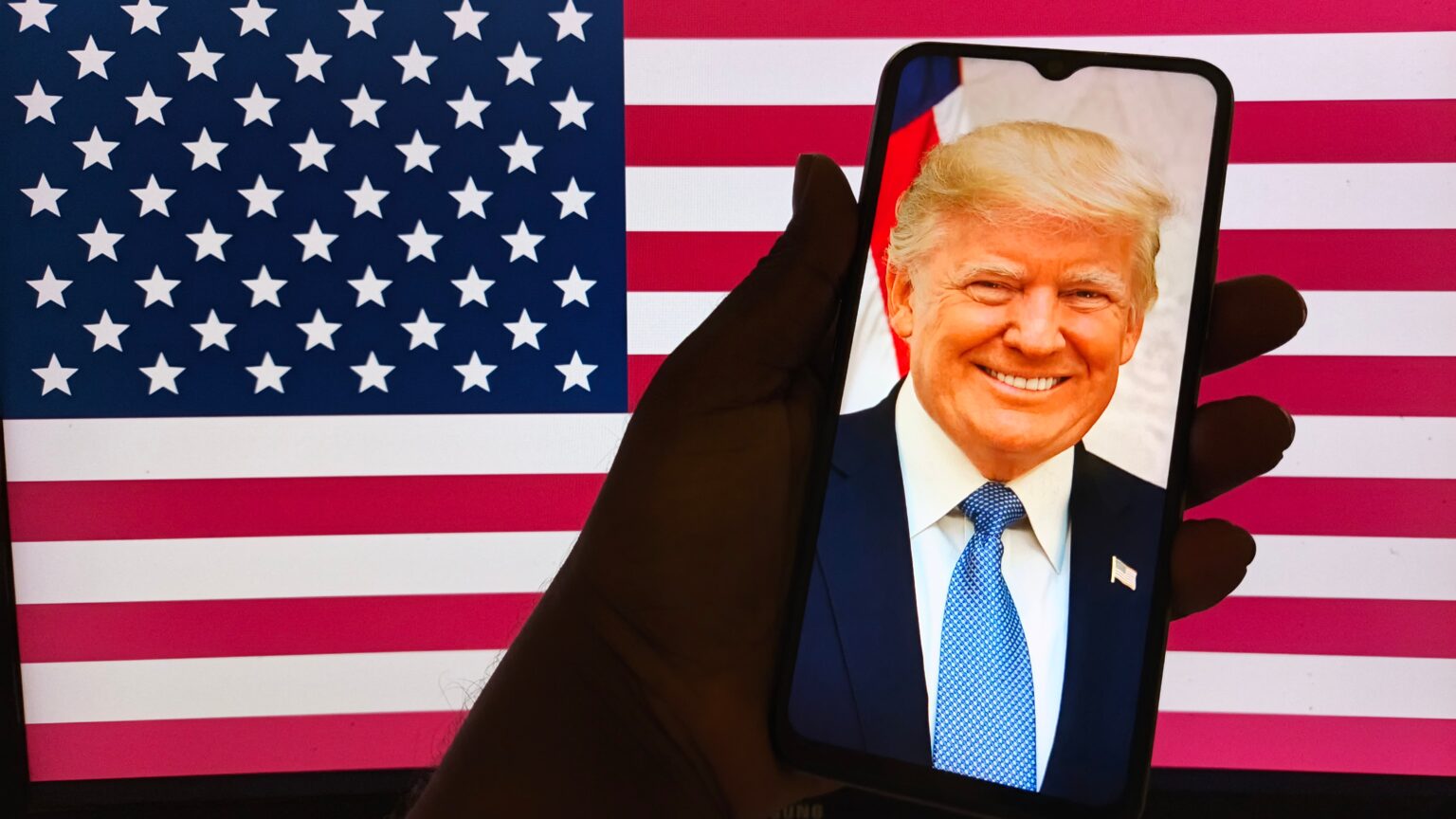Significant Investments and Economic Partnerships
Former President Donald Trump concluded a four-day tour of the Middle East, visiting key countries including Saudi Arabia, Qatar, and the United Arab Emirates (UAE). Originally intended to secure major investments, the trip evolved into a complex diplomatic mission aiming to bolster economic cooperation and address regional geopolitical challenges.
In the UAE, Trump announced an impressive $1.4 trillion investment focused primarily on artificial intelligence, technology, and infrastructure. This monumental deal reflects a strategic push to deepen economic ties between the U.S. and Gulf nations, aligning with Trump’s “America First” policy agenda. The investment is expected to accelerate innovation, create jobs, and foster stronger business collaborations between the two countries.
Meanwhile, Qatar’s gift of a new Air Force One aircraft valued at $400 million to the United States sparked some ethical debates among observers. Concerns were raised about possible conflicts of interest given the Trump family’s business connections in the region. Despite this, Trump emphasized that such partnerships are essential to strengthening bilateral relations and enhancing security cooperation in an increasingly volatile region.
The tour’s economic dimension underscored the administration’s commitment to leveraging financial engagements to support diplomatic objectives, demonstrating a blend of commerce and politics to advance U.S. interests abroad.
Diplomatic Efforts Amid Regional Conflicts
Beyond economic talks, Trump’s visit was marked by efforts to address ongoing and complex conflicts in the Middle East. One pressing issue was the escalating humanitarian crisis in Gaza, where recent Israeli airstrikes resulted in over 120 civilian casualties. Trump called for the establishment of a “freedom zone” in Gaza, aiming to provide a safe area for humanitarian aid and support for affected populations. The initiative highlighted the administration’s desire to play a constructive role in conflict resolution, promoting stability through diplomatic channels.
During his visit to Syria, Trump met with interim President Ahmad al-Sharaa, signaling a shift in U.S. policy by officially recognizing Syria’s interim government. Discussions included the possibility of easing certain sanctions as part of a broader strategy to stabilize the region and encourage political dialogue. This pragmatic approach indicated a willingness to adjust U.S. foreign policy to evolving realities on the ground, prioritizing achievable outcomes over ideological rigidity.
These diplomatic engagements reflected a nuanced balancing act—attempting to maintain strong alliances with traditional partners while also opening new channels with less conventional actors, all aimed at promoting long-term peace and security.
Challenges and Geopolitical Complexities
Despite these efforts, the trip also faced significant challenges. Most notably, Russian President Vladimir Putin’s absence from key peace talks held in Turkey hampered progress on the ongoing conflict in Ukraine, a critical issue for global security. Trump proposed direct negotiations with Putin to break the deadlock, emphasizing his commitment to resolving the conflict through dialogue. However, skepticism remains regarding the feasibility of such talks and whether they would yield tangible results.
The Middle East’s complex geopolitical landscape, with overlapping conflicts and rivalries, made diplomatic breakthroughs difficult. Trump’s administration had to navigate these intricacies while managing criticism both at home and abroad. Questions about the ethical implications of economic deals and the effectiveness of diplomatic initiatives complicated the overall narrative of the trip.
Moreover, the humanitarian crises in Gaza and Syria underscored the urgency of international cooperation, challenging the U.S. to balance strategic interests with moral responsibilities.
Looking Ahead: Implications for U.S. Foreign Policy
President Trump’s Middle East tour highlighted a shift toward pragmatic diplomacy that emphasizes economic partnerships alongside strategic alliances. The significant investments secured during the visit demonstrate a focus on using financial tools to support geopolitical goals.
While the trip yielded important agreements and signaled new diplomatic openings, it also raised ethical questions and underscored the challenges of resolving entrenched regional conflicts. The administration’s handling of these issues will likely influence the long-term trajectory of U.S. foreign policy in the region.
As the U.S. continues to engage with Middle Eastern nations, the balance between economic interests, diplomatic engagement, and humanitarian concerns will remain delicate. The outcomes of this tour may shape how future administrations approach one of the world’s most complex and vital regions.


